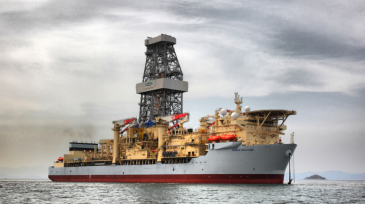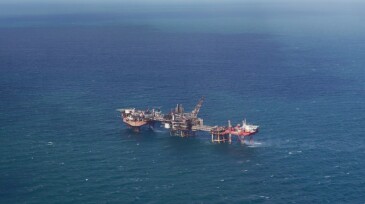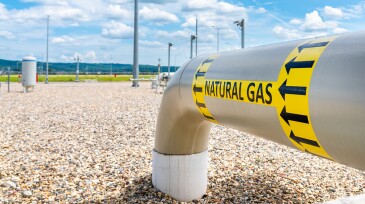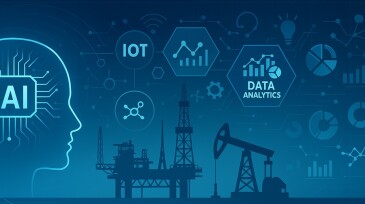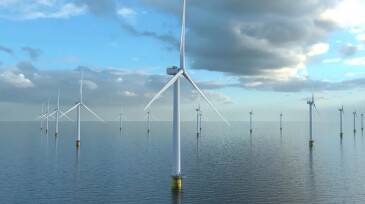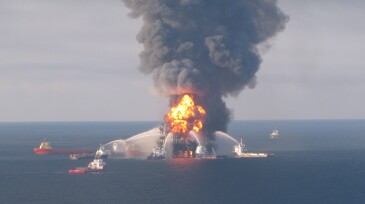Testing page for app
-
Young Professionals Leading the Energy Transition: Insights From SPE’s Beyond the Borders InitiativeIn March, 27 young professionals representing 15 SPE sections and 12 countries convened in Paris for the first edition of SPE Beyond the Borders 2025. The event served as a unique platform for cross-cultural dialogue and forward-looking discussions about the role of YPs in the energy transition.
-
Using emergency procedures, the permitting timeline is expected to be significantly reduced, from years to weeks in some cases.
-
The latest deepwater exploration well offshore Namibia has found 38 m of net pay and flowed more than 11,000 BOPD of 37 °API oil during testing.
-
The UK North Sea Transition Authority has awarded the required permits for the East Irish Sea project, and the project has reached financial close. The carbon capture and storage project is expected to receive its first carbon dioxide in 2028.
-
The second-largest gas producer in the US is aiming to pump an average of 6.3 Bcfe/D this year.
-
The full potential of data can only be realized when it is viewed not in isolation but as part of the dynamic triad of hydrocarbons, the data, and the people who interpret it and act on it.
-
The 2025 Global Energy Talent Index survey found most energy professionals got a pay bump last year, but hiring managers face new challenges.
-
A US government order has stopped building activity aimed at harnessing wind energy offshore New York.
-
Real-time location systems have emerged as invaluable tools for enhancing safety and efficiency in the operations of oil and gas organizations. This paper investigates the various applications of the technology within the industry, highlighting its transformative effect on safety protocols and operational efficiency.
-
It has been 15 years since an explosion ripped through the Deepwater Horizon, an oil rig operating in the Gulf Coast region, triggering the worst oil spill to occur in US waters and one of the worst environmental disasters in US history. Is the offshore environment safer now than it was in 2010?



